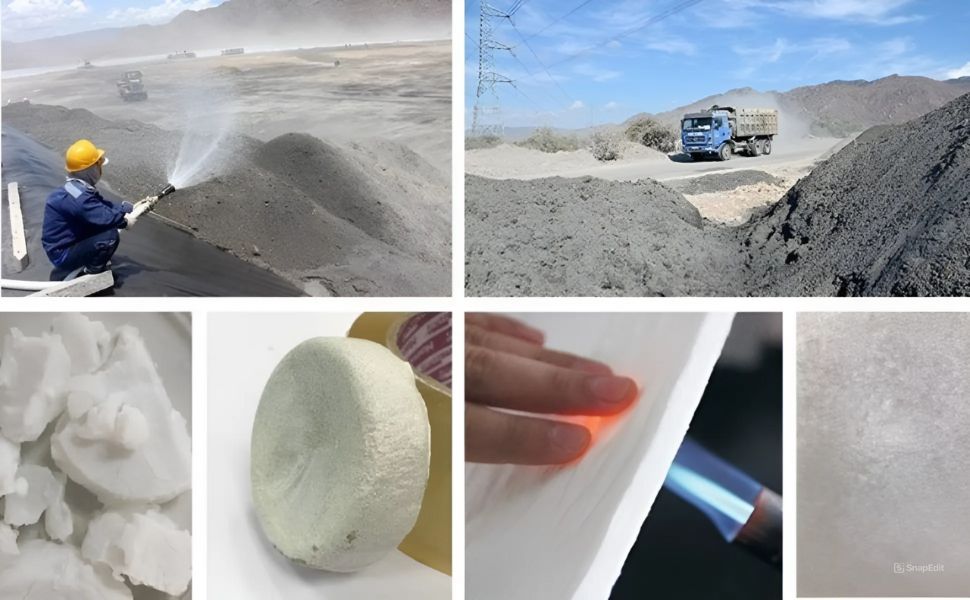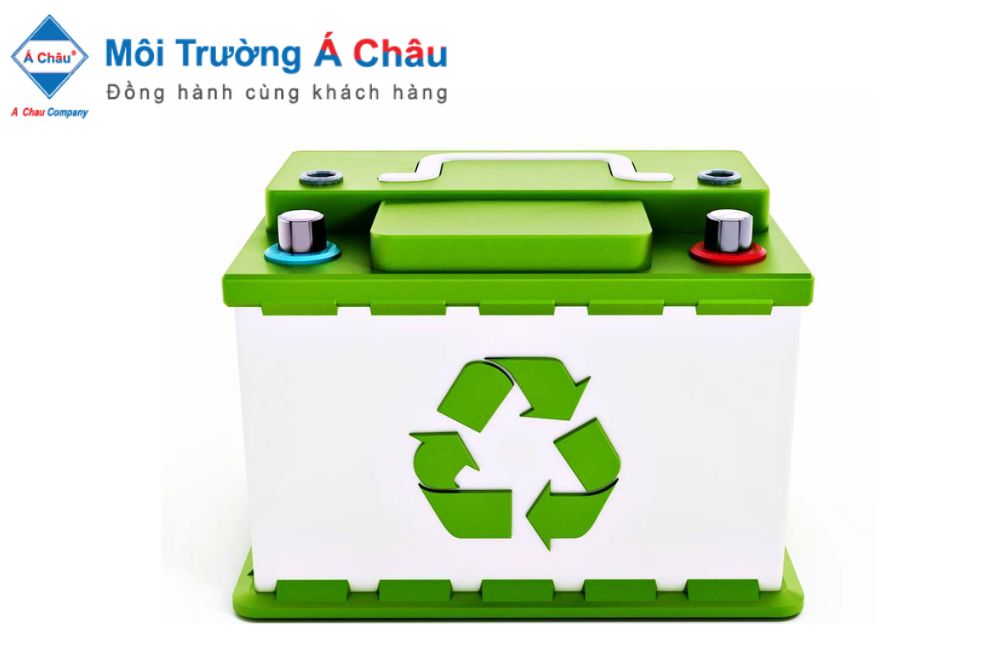Utilise fly ash waste to create soundproofing and heat-insulating materials.
Researchers at the University of Science and Technology - Vietnam National University in Ho Chi Minh City are transforming fly ash into sound and heat insulation, a trend in businesses and a research topic that transformation has partially solved the problem of fly ash pollution in landfills and provided an economical solution for manufacturing facilities, as the waste product is fly ash.
Fly ash is a fine-grained exhaust dust from coal combustion in thermal power plants, cement plants, metallurgical plants, construction materials factories, and waste treatment systems using incineration technology. It escapes from the combustion chamber through the factory chimney.
Fly ash, a by-product of burning coal, is a significant source of environmental pollution and human health issues due to its composition of silicon oxide, aluminium oxide, calcium oxide, iron oxide, magnesium oxide, and sulfur oxide.
Fly ash, an active pozzolanic mineral is a type of artificial pozzolan used in high-strength concrete. It is recovered from chimneys through a refining boiler system to remove unburned coal components. The pozzolan effect is created by silica and aluminium oxide, making fly ash a valuable addition to concrete production.
Scientists at Ho Chi Minh City University of Technology - Vietnam National University have developed Aerogel composite construction materials using fly ash from waste dumps, freeze-drying technology, green solvents, and organic adhesives. This eco-friendly material offers heat and sound insulation at a low cost of around 59,000 VND/m2.

Aerogel composite construction materials, which are super light and durable and ensure sound and heat insulation, have been widely used around the world.
The research team has developed a process for synthesising high-quality materials from fly ash, utilising industrial waste and addressing fly ash pollution in landfills, which is now ready for immediate transfer to domestic businesses.
The new point of this research project is the synthesis of composite Aerogel materials from fly ash using recycled PET plastic fibres (rPET).
The process involves spreading 30 µm rPET fibres on a mould, followed by pouring a mixture of fly ash and xanthan gum solution, forming a gel system. The mixture solidifies, and the liquid is freeze-dried to form a porous composite Aerogel.
The research team detailed the manufacturing process for ultra-lightweight, soundproof, and heat-insulating Aerogel composite fly ash materials, enabling businesses to easily apply them to large-scale production upon receiving them.
Source: http://www.scp.gov.vn/













